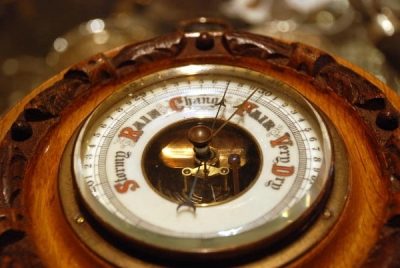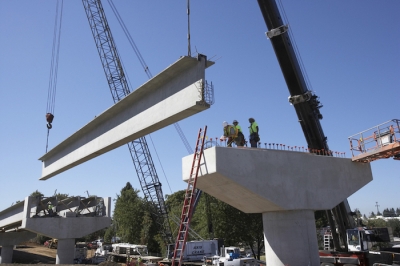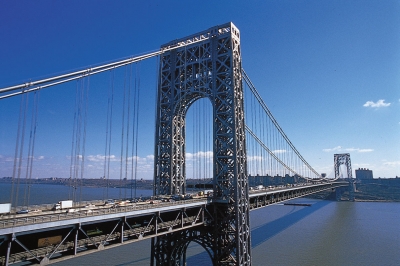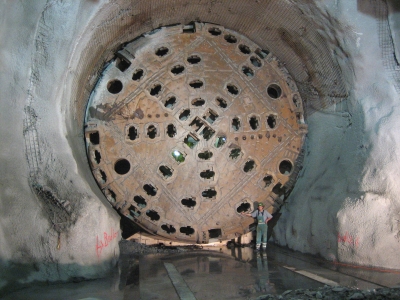
Modern science and technology have made it possible, among other wonderful things, to make a permanent record of sounds and human speech. The tape in a tape recorder is made of an insulation material on which a thin magnetic layer has been placed. The tape is normally 3 millimeters wide in cassettes and 6 millimeters in reels. How does a tape recorder work?
There is a motor which turns a reel of tape from the supply wheel to the take-up reel. The tape passes across the recording head. When we speak into the microphone the voice is turned into a series of electrical impulses. These impulses are caught on the tape in various patterns. In video tape recordings the light signals are turned into electrical impulses recorded on the tape.
When the tape is played back it runs past an electromagnet. The magnetic patterns that have been recorded along the magnetized tape set up a variable magnetic field with the electromagnet.
The impulses of this magnetic field are the converted into sounds which are amplified and played through a loudspeaker to re-emerge as the original speech or music that was first fed into the tape recorder.
Today tape recorders are very popular. Besides being easy to operate they have the added advantage that recordings can be erased and the tape used many times. A new compact type of tape recorder is the cassette recorder. The works on the same principle but use narrower tape in its own self-contained cassette.
Picture Credit : Google










